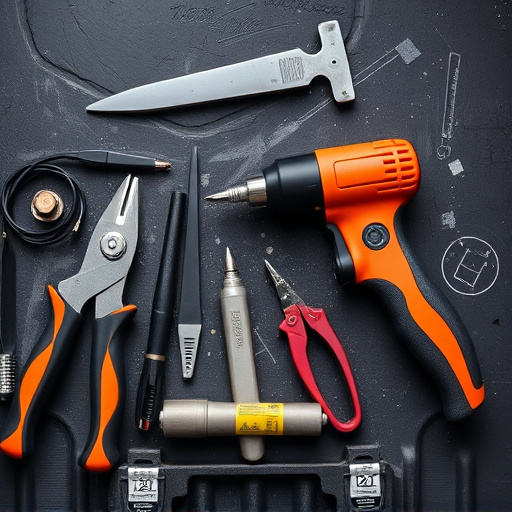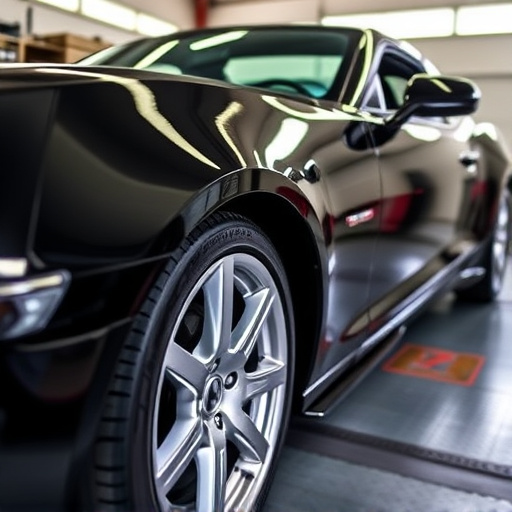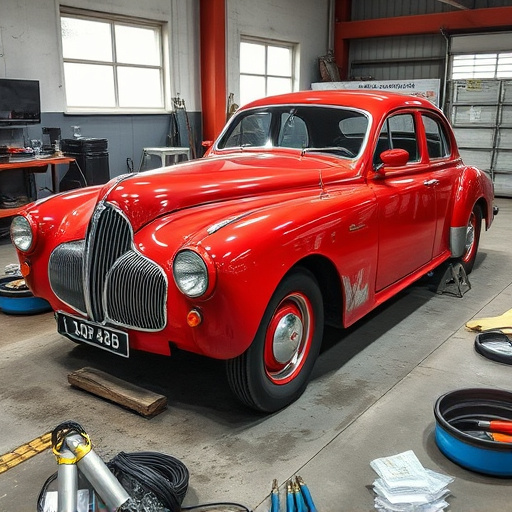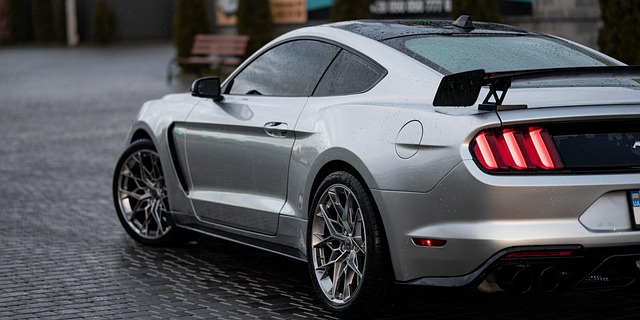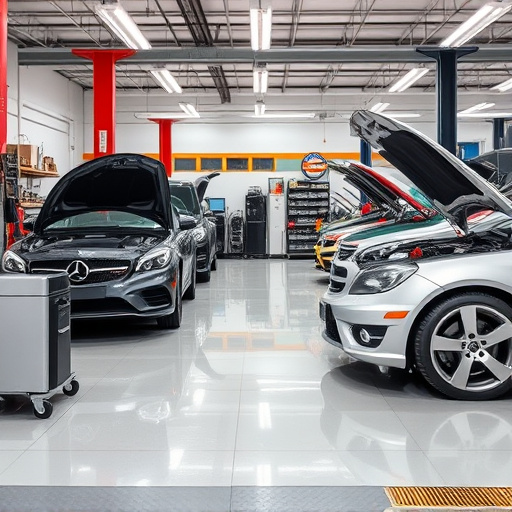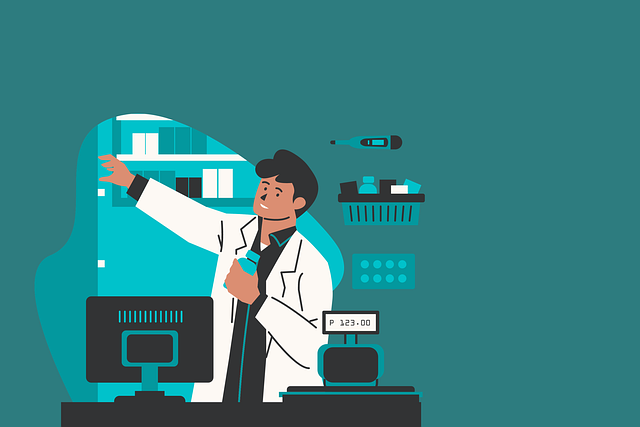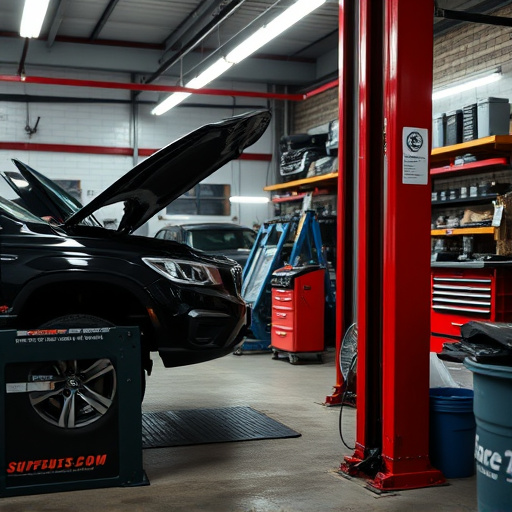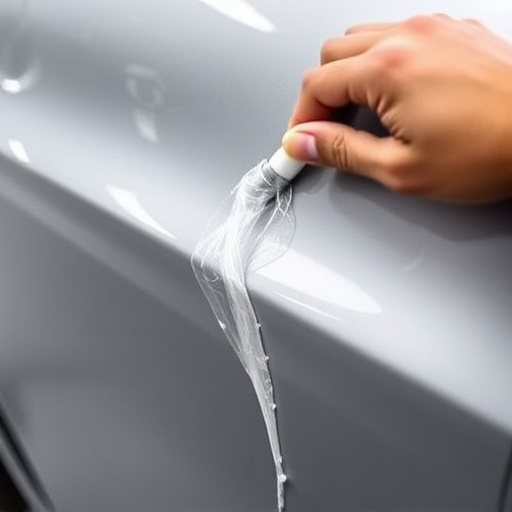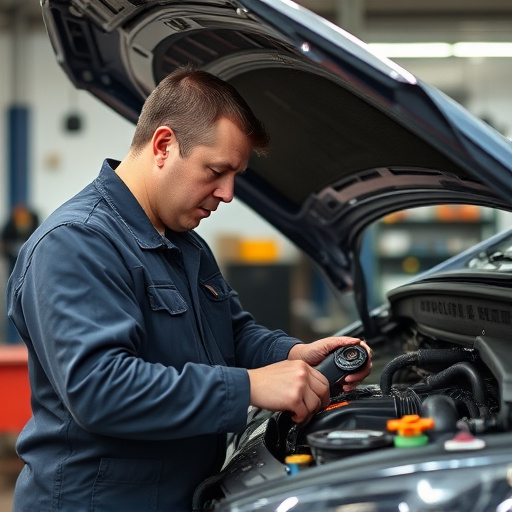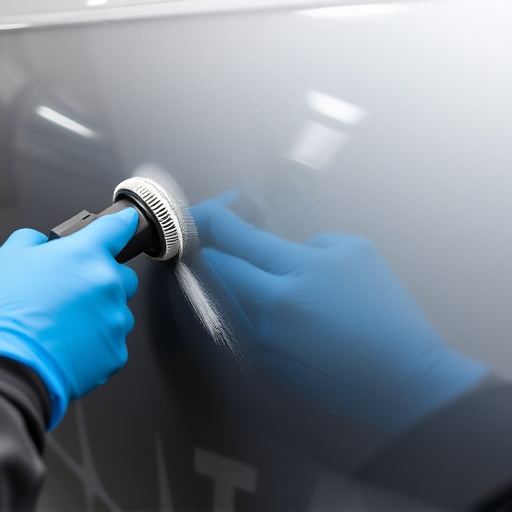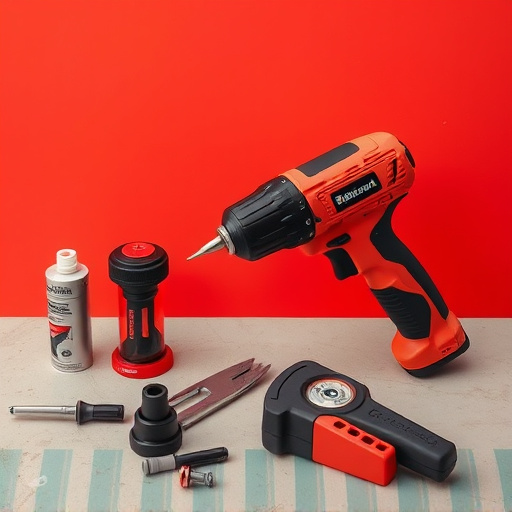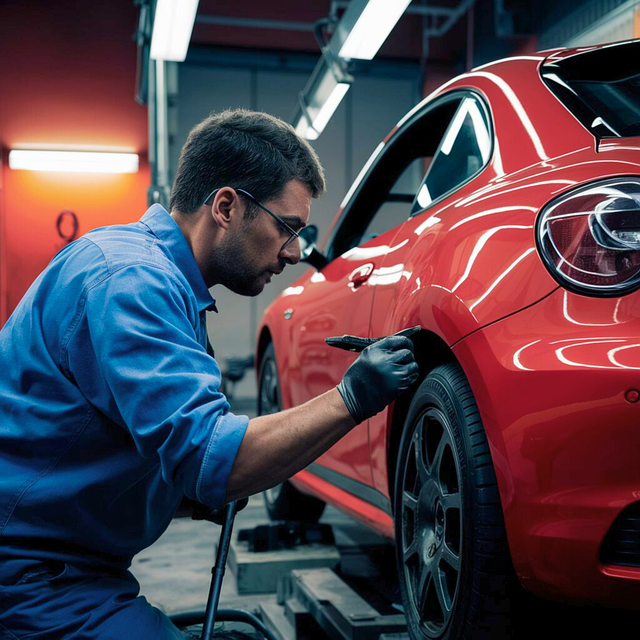3D vehicle scanning technologies, utilizing laser scanners and structured light cameras, create precise digital replicas of vehicles for inspections, measurements, and documentation. This transforms automotive sectors like Mercedes Benz repair, restoration, and collision repair by objectively analyzing damage with exceptional detail, enhancing efficiency and accuracy. Advanced 3D scanning streamlines fleet repairs, revolutionizes design and manufacturing processes, and improves auto body shop operations, leading to better customer satisfaction and top-tier vehicle repairs.
“Unleash the potential of modern automotive technology with our comprehensive guide to 3D vehicle scanning. Discover the fundamentals, explore the cutting-edge equipment, and understand the wide-ranging applications that are transforming the industry. From precise measurements to enhanced design processes, 3D vehicle scanning technologies offer an innovative approach to vehicle development. This article delves into these advanced methods, highlighting their benefits and impact on shaping the future of automotive innovation.”
- Understanding the Basics of 3D Vehicle Scanning
- Technologies and Equipment Used in 3D Scanning
- Applications and Benefits of 3D Vehicle Scanning Technologies
Understanding the Basics of 3D Vehicle Scanning
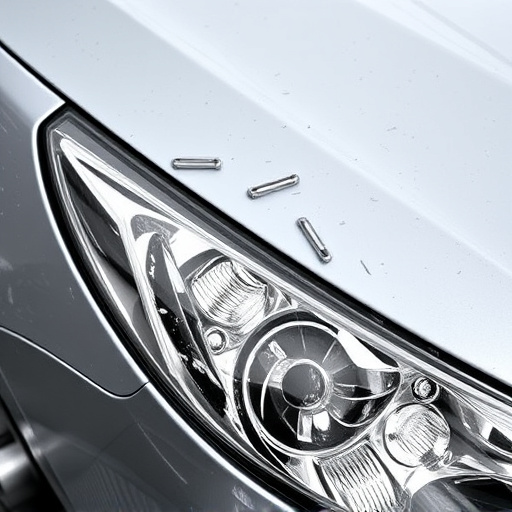
3D vehicle scanning technologies have revolutionized the automotive industry, offering accurate and detailed digital representations of vehicles. This process involves capturing a vast array of data points from various angles using specialized equipment, such as laser scanners or structured light cameras. The resulting 3D models provide an exact digital twin of the vehicle, which can be used for numerous applications like mercedes benz repair, automotive restoration, and car collision repair.
By digitizing vehicles in their entirety, 3D scanning enables comprehensive inspections, precise measurements, and detailed documentation. This is particularly beneficial in complex cases where traditional measurement methods might fall short. For instance, when assessing damage after a car collision, 3D vehicle scanning provides an objective and accurate analysis, ensuring that every detail is captured for effective repair strategies.
Technologies and Equipment Used in 3D Scanning
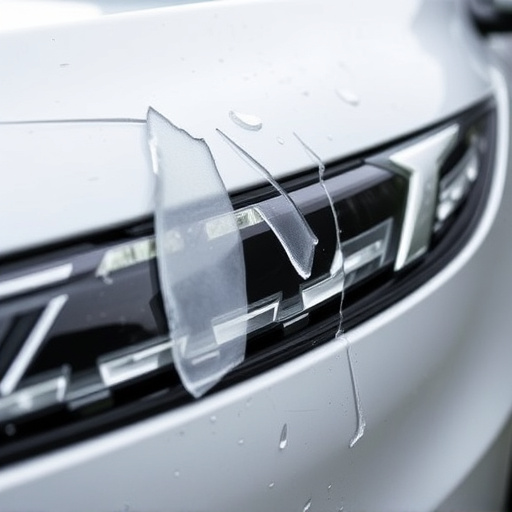
The world of 3D vehicle scanning technologies is an intricate dance between cutting-edge equipment and precise data capture. This process involves a diverse array of technologies, from high-resolution cameras to laser scanners and structured light systems. Each method offers unique advantages in capturing detailed, accurate representations of vehicles, ideal for applications in fleet repair services, dent repair, and collision repair shops.
Among these, laser scanning stands out for its ability to capture intricate details with remarkable speed and precision. Structured light technologies, on the other hand, offer a cost-effective solution for generating high-quality 3D models by projecting patterns onto objects and analyzing their distortion. Combining these techniques allows professionals in dent repair and collision repair shops to achieve an unprecedented level of detail, enabling them to perform precise repairs and restoration work with greater efficiency and accuracy.
Applications and Benefits of 3D Vehicle Scanning Technologies
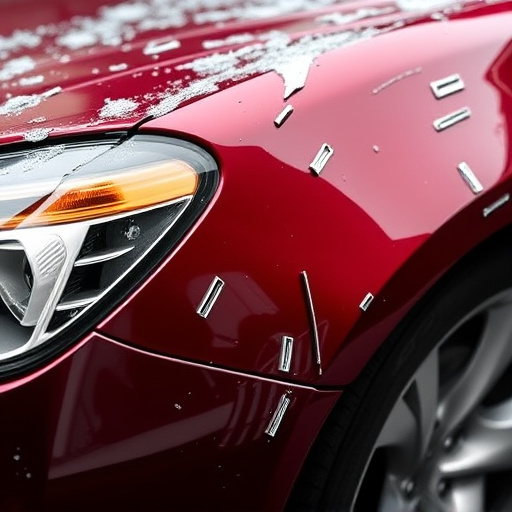
Three-dimensional (3D) vehicle scanning technologies are transforming various sectors, offering unprecedented levels of precision and efficiency. Beyond traditional measurement methods, these advanced systems capture detailed digital representations of vehicles, providing a wealth of applications and benefits across industries. In fleet repair services, 3D scanning is revolutionizing vehicle maintenance by enabling faster, more accurate damage assessments. Auto body shops can leverage this technology to facilitate precise car damage repair, ensuring every panel and component is accurately measured for replacement or repair.
Moreover, the automotive industry benefits from streamlined design and manufacturing processes, allowing for the creation of highly customized and personalized vehicles. In addition, 3D scanning aids in quality control, enabling manufacturers to detect even the smallest defects or inconsistencies. This level of detail enhances overall product quality, while also reducing costs associated with rework and scrap material. By embracing 3D vehicle scanning, auto body shops and fleet managers can elevate their operations, improving customer satisfaction and ensuring top-tier repairs.
3D vehicle scanning technologies are transforming the way we interact with automotive design, manufacturing, and repair. By offering precise, digital representations of vehicles, these technologies enable more efficient processes, enhanced quality control, and innovative after-market solutions. As equipment becomes more accessible and affordable, 3D scanning is poised to become a standard tool across industries, revolutionizing how we capture, analyze, and utilize vehicle data. For businesses and enthusiasts alike, embracing 3D vehicle scanning represents a leap forward in precision, creativity, and innovation.
